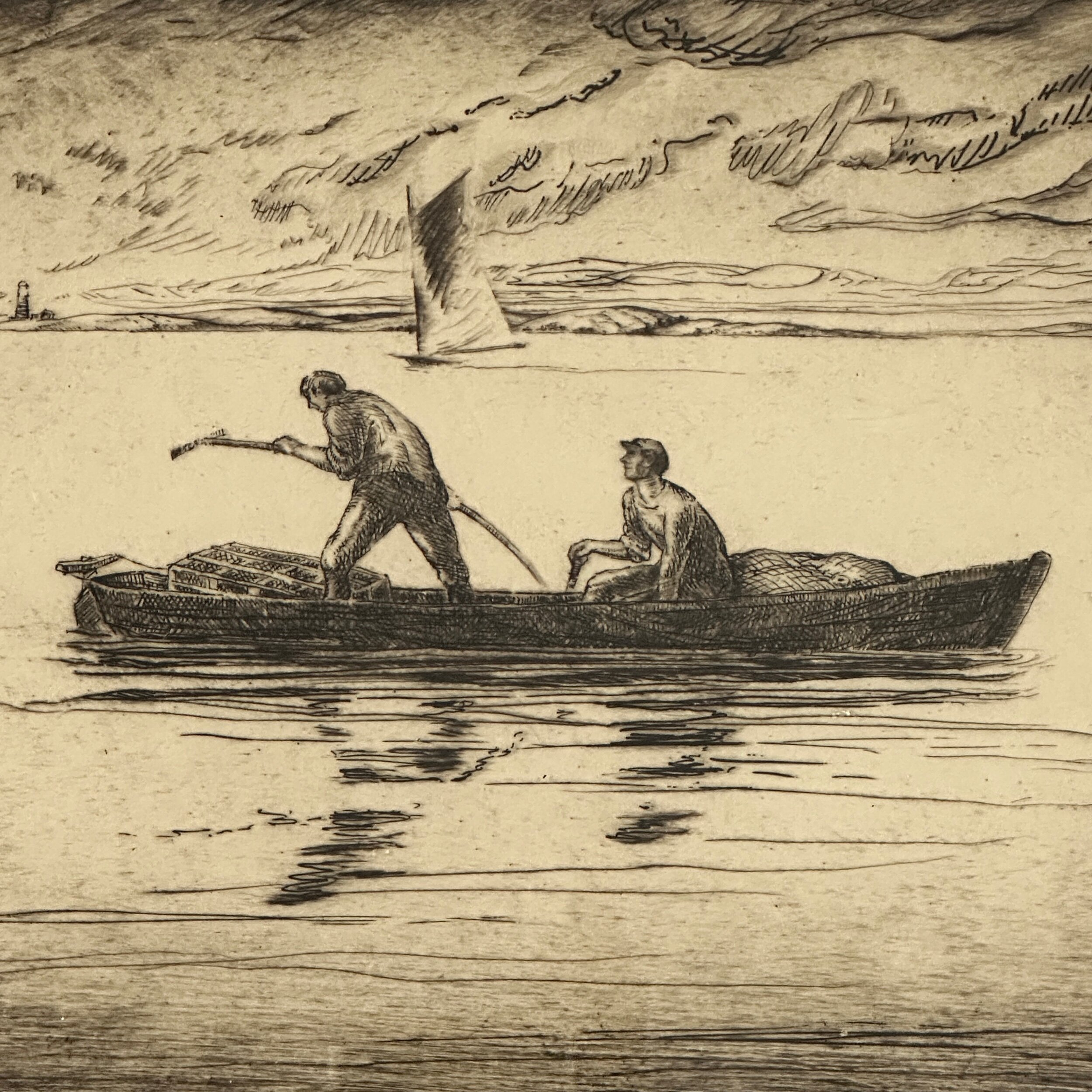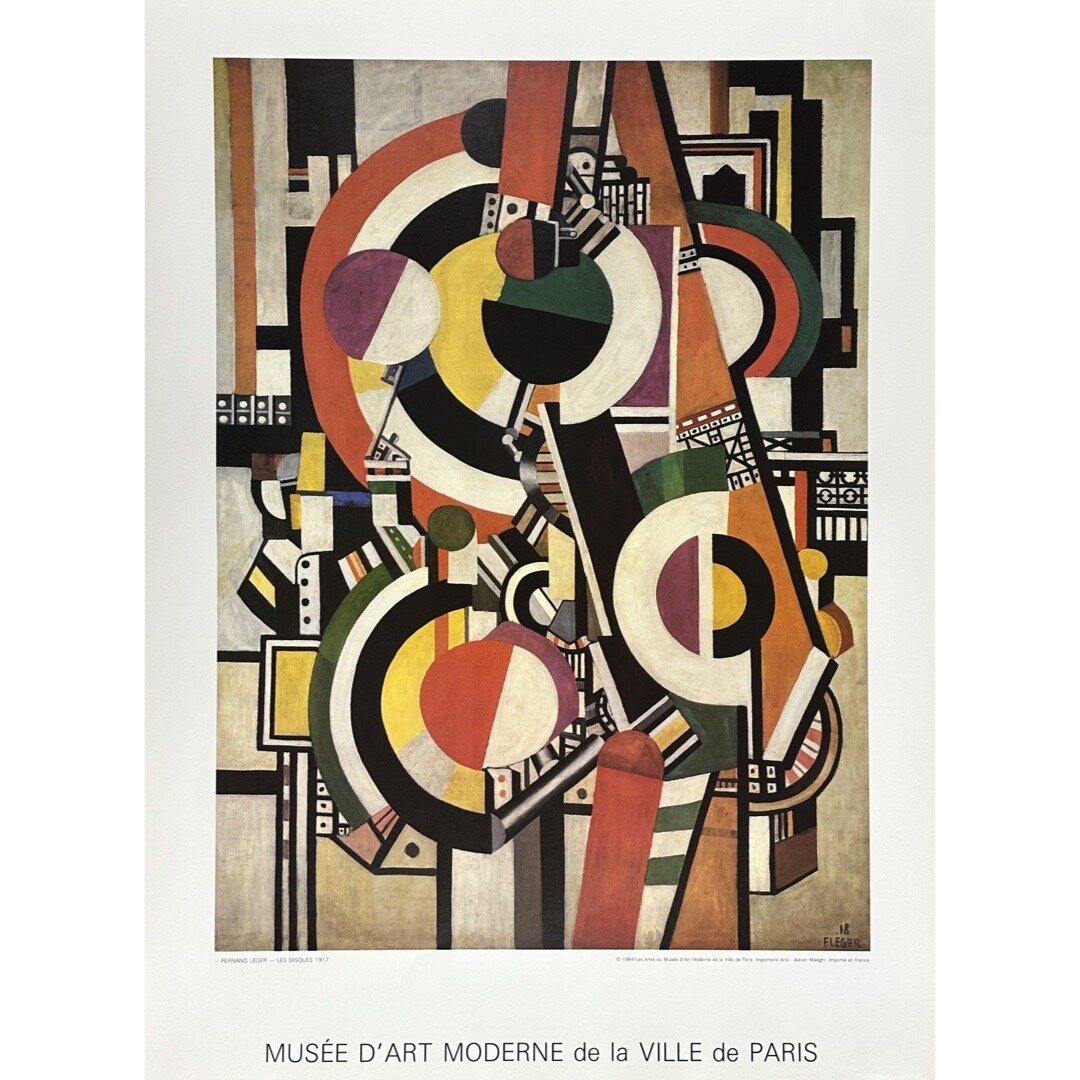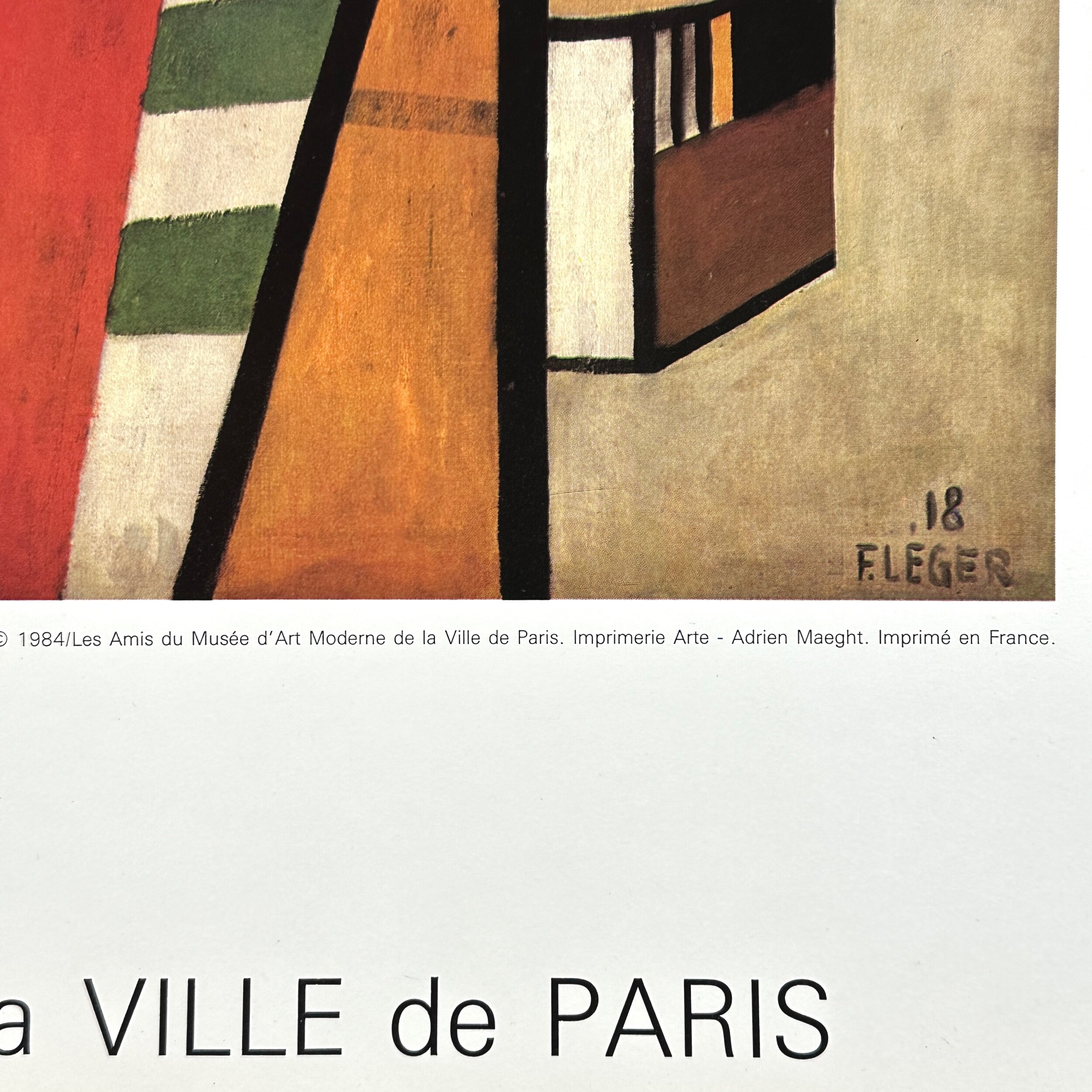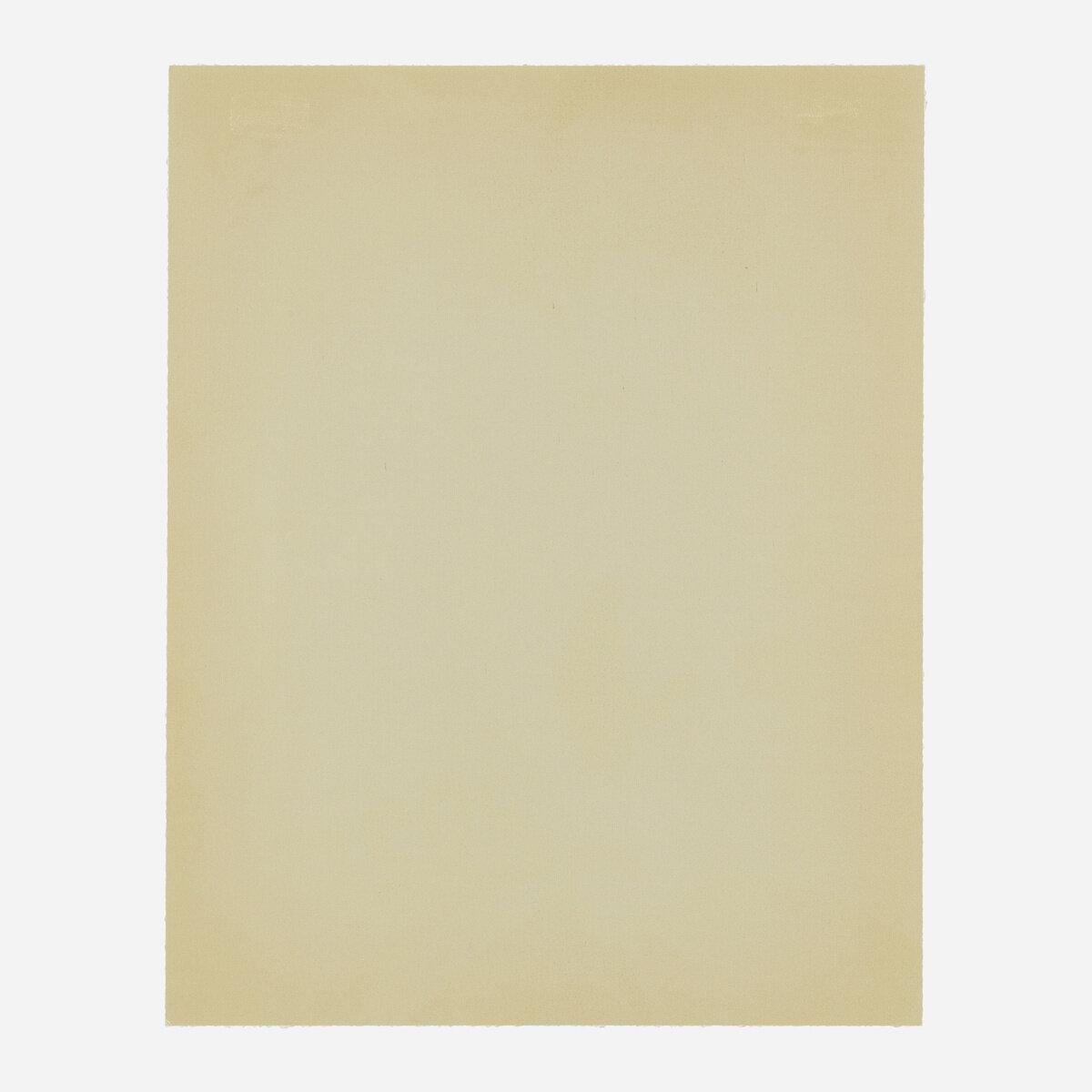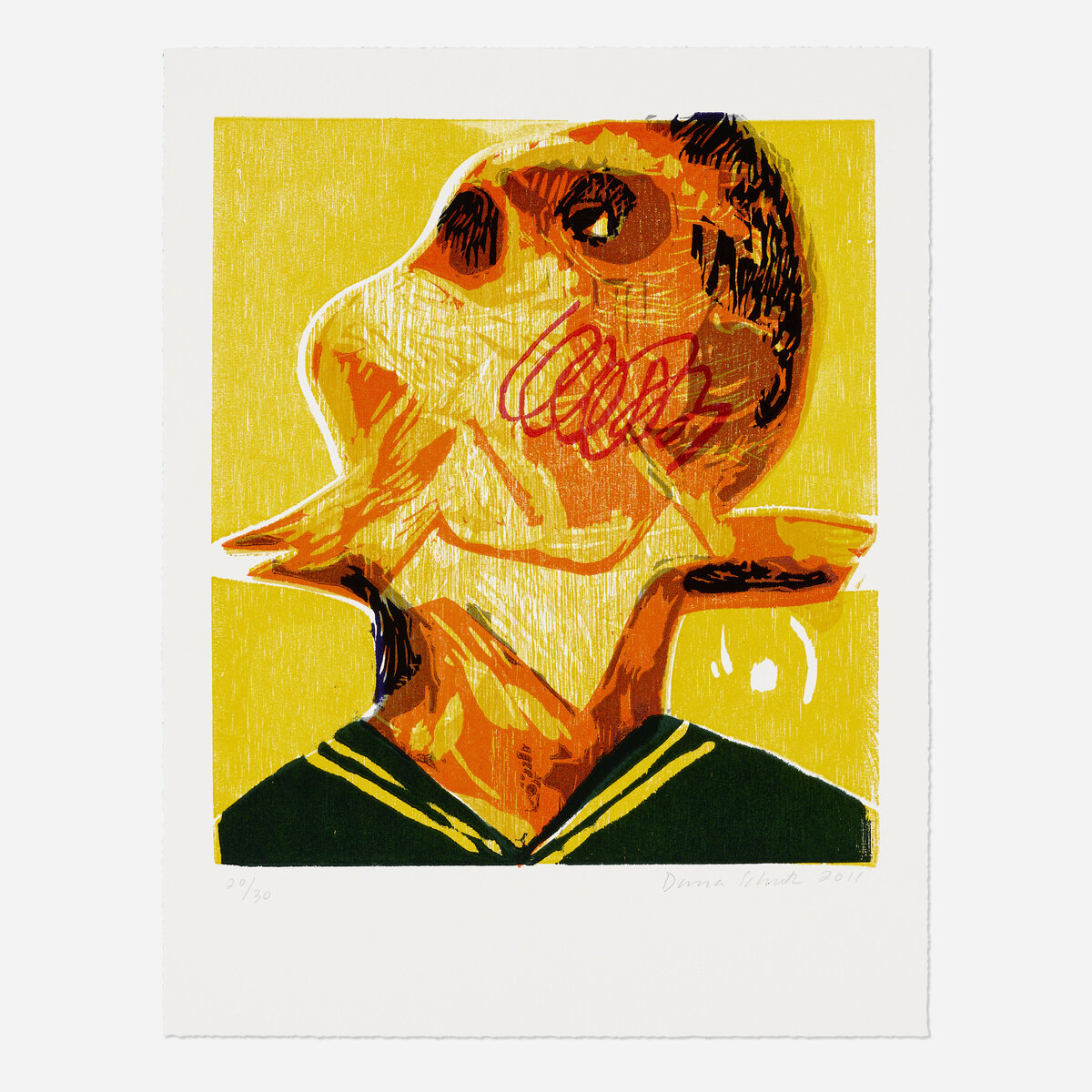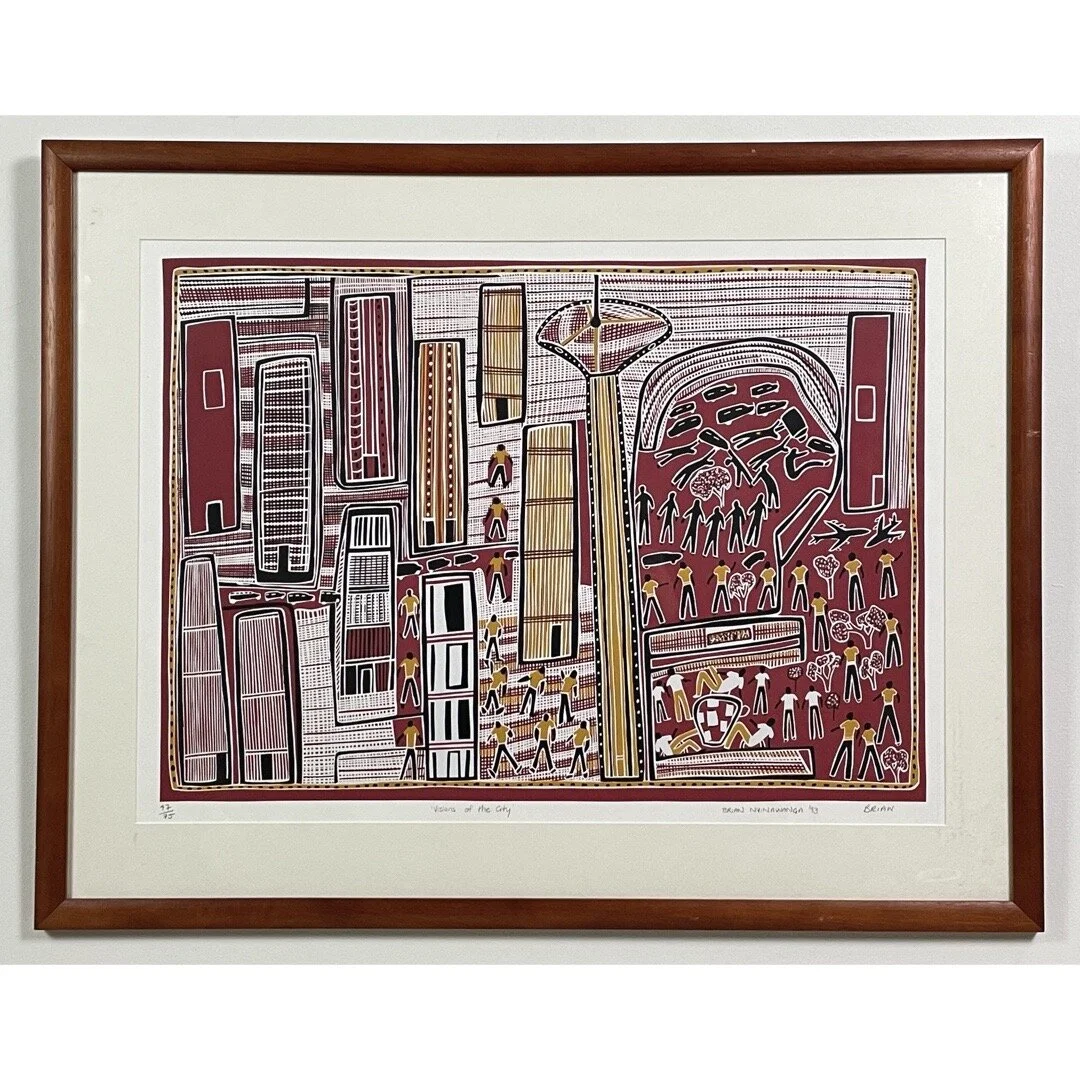 Image 1 of 11
Image 1 of 11

 Image 2 of 11
Image 2 of 11

 Image 3 of 11
Image 3 of 11

 Image 4 of 11
Image 4 of 11

 Image 5 of 11
Image 5 of 11

 Image 6 of 11
Image 6 of 11

 Image 7 of 11
Image 7 of 11

 Image 8 of 11
Image 8 of 11

 Image 9 of 11
Image 9 of 11

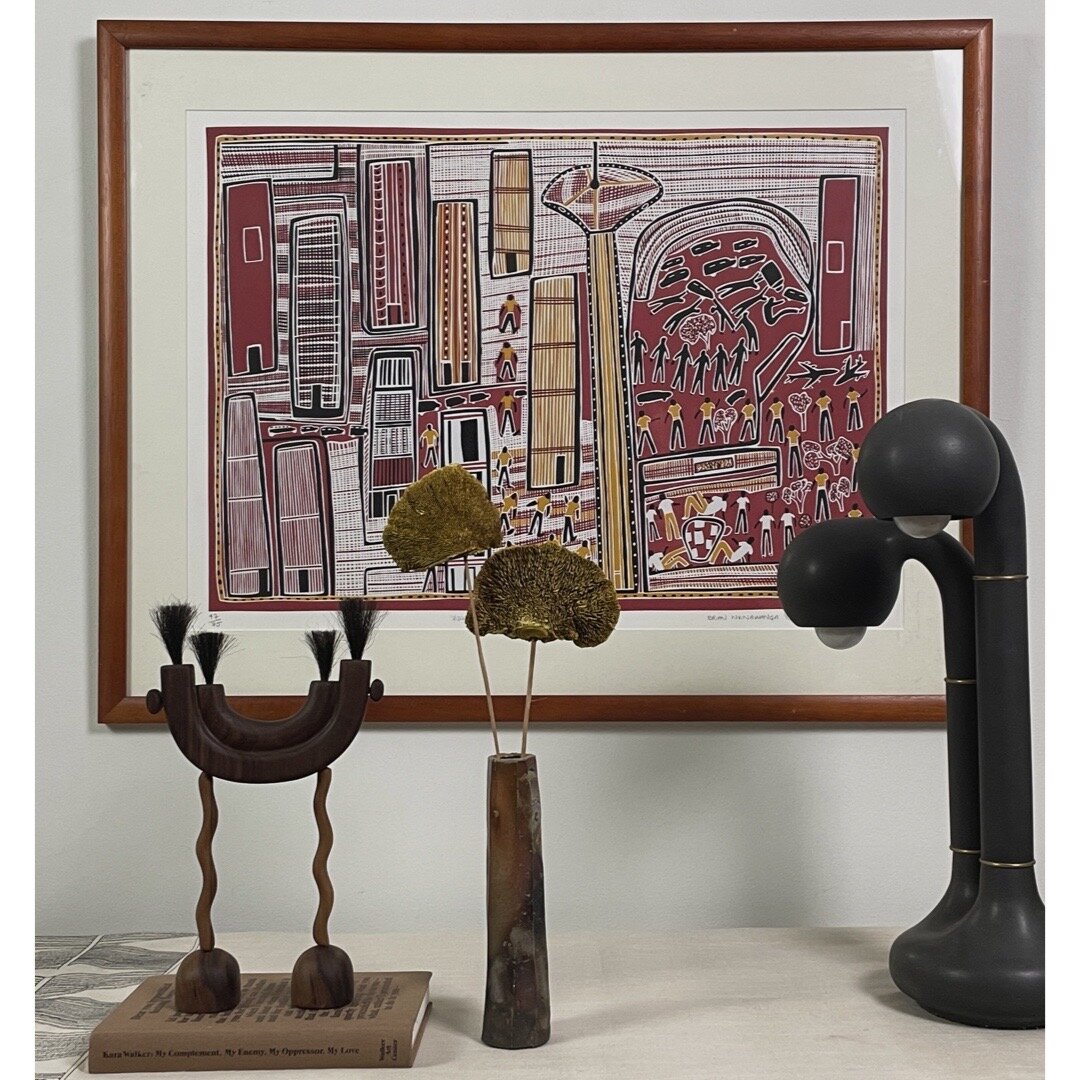 Image 10 of 11
Image 10 of 11

 Image 11 of 11
Image 11 of 11












Brian Nyinawanga (Aboriginal Australian, b. 1935) - Visions of the City Screenprint, Signed (1993, Framed)
Brian Nyinawanga (b. 1935) - Visions of the City Screenprint, Signed (1993, Framed). Four stencil screen print on heavy art paper. Edition #47/75. Signed, titled, dated, and numbered in pencil at the bottom of the print. Housed and matted under glass in a walnut frame. In very good condition with some scuffs and scratches to the frame.
Size: 21" x 29-3/4" image, framed 30-1/2" x 39"
Provenance
Robert Steele Gallery NY; Robert Steele operated Anima Gallery in Adelaide, Australia as well as his gallery in New York. He represented and exhibited many contemporary American and international artists and was one of the most prominent dealers in Aboriginal art.
From the Australian Daily Review:
Brian Nyinawanga was a singular artist as a painter and sculptor, and came from the “stone country” of central Arnhem Land. There’s no whitefella record of his birth—1937 or 1935 according to various accounts—but it was out bush. Although his family had affinities with relations at the Milingimbi mission and the government post of Maningrida, his birth was never formally registered at either place. Indeed his name never appeared on the Register of Wards— notoriously nick-named the “stud book”—the Native Welfare department’s record of Aboriginal people until the 1970s.
Certainly as a child, and for the last 40 years of his life, Nyinawanga’s primary identification—to himself and others—was as a member of a branch of the Balngara clan, of the Rembarrnga language group. His focus, in terms of country or homeland, was not “central Arnhem Land” as such, but the outstation south of Ramingining his family and others occupied: Malyarnganak.
From the early 1980s—largely through Maningrida Arts—Nyinawanga started producing a series of extraordinary sculptures and paintings. Although often on canvas or paper rather than bark; using ochres, clay and charcoal; and incorporating hatching and rarrk cross hatching; they were “story paintings” of his life and times. His period working in the cattle industry in the Katherine region to his south. On the use of two way radios between the outstations and communities of his countrymen and women. Of the blight of kava use across the Arnhem Land coast. Of his trip to an art exhibition in Sydney in the early 1990s, later reproduced as a screen print.
It was that 1993 print, Visions of the city, (above) that came to the attention of Madge Fletcher from Circus Oz in 1996. They were off to a season in Hong Kong and asked if Nyinawanga might to like to come along as an artist in residence and maybe do a painting or two. It was whacky enough to do, so the crew at Green Ant Research Arts and Publishing in Darwin hustled a few bob from the NT government for airfares and accommodation and it was on for young and old.
Brian Nyinawanga (b. 1935) - Visions of the City Screenprint, Signed (1993, Framed). Four stencil screen print on heavy art paper. Edition #47/75. Signed, titled, dated, and numbered in pencil at the bottom of the print. Housed and matted under glass in a walnut frame. In very good condition with some scuffs and scratches to the frame.
Size: 21" x 29-3/4" image, framed 30-1/2" x 39"
Provenance
Robert Steele Gallery NY; Robert Steele operated Anima Gallery in Adelaide, Australia as well as his gallery in New York. He represented and exhibited many contemporary American and international artists and was one of the most prominent dealers in Aboriginal art.
From the Australian Daily Review:
Brian Nyinawanga was a singular artist as a painter and sculptor, and came from the “stone country” of central Arnhem Land. There’s no whitefella record of his birth—1937 or 1935 according to various accounts—but it was out bush. Although his family had affinities with relations at the Milingimbi mission and the government post of Maningrida, his birth was never formally registered at either place. Indeed his name never appeared on the Register of Wards— notoriously nick-named the “stud book”—the Native Welfare department’s record of Aboriginal people until the 1970s.
Certainly as a child, and for the last 40 years of his life, Nyinawanga’s primary identification—to himself and others—was as a member of a branch of the Balngara clan, of the Rembarrnga language group. His focus, in terms of country or homeland, was not “central Arnhem Land” as such, but the outstation south of Ramingining his family and others occupied: Malyarnganak.
From the early 1980s—largely through Maningrida Arts—Nyinawanga started producing a series of extraordinary sculptures and paintings. Although often on canvas or paper rather than bark; using ochres, clay and charcoal; and incorporating hatching and rarrk cross hatching; they were “story paintings” of his life and times. His period working in the cattle industry in the Katherine region to his south. On the use of two way radios between the outstations and communities of his countrymen and women. Of the blight of kava use across the Arnhem Land coast. Of his trip to an art exhibition in Sydney in the early 1990s, later reproduced as a screen print.
It was that 1993 print, Visions of the city, (above) that came to the attention of Madge Fletcher from Circus Oz in 1996. They were off to a season in Hong Kong and asked if Nyinawanga might to like to come along as an artist in residence and maybe do a painting or two. It was whacky enough to do, so the crew at Green Ant Research Arts and Publishing in Darwin hustled a few bob from the NT government for airfares and accommodation and it was on for young and old.



